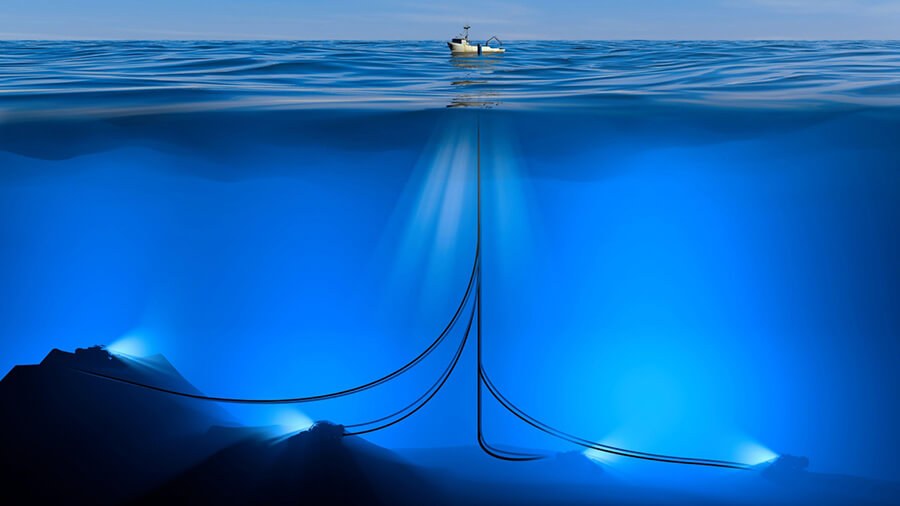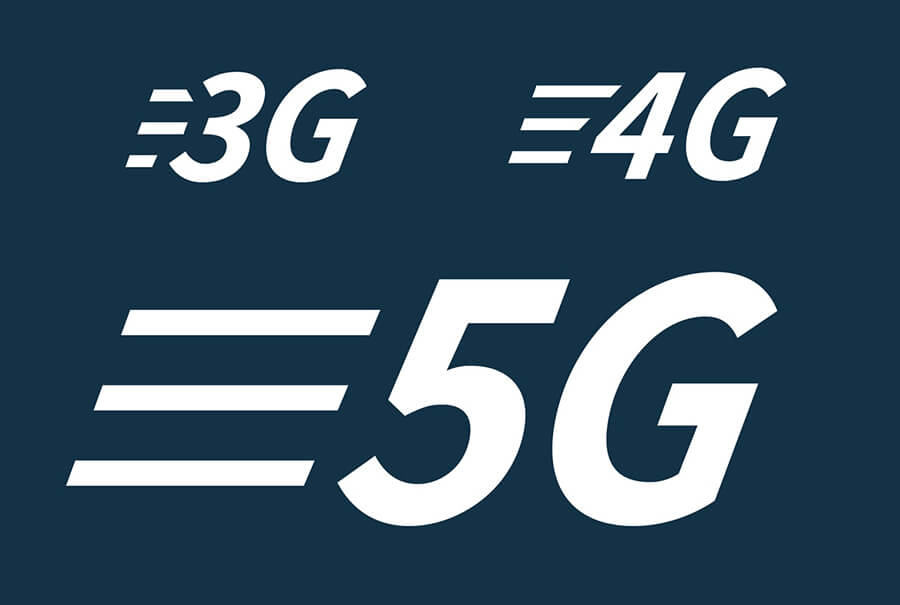- Details
- Published on 14 August 2024

Credit: Ruslan Kudrin / Alamy Stock Photo)
DPUs (data processing units) are gaining favor as they are extensively used to accelerate AI and ML workloads by offloading tasks such as neural network inference and training from CPUs and GPUs.
Change is a constant in the technology industry. The newest entity in town that is revamping data centers is the data processing unit (DPU).
Why? The DPU is at the core of a rearchitect of processing power where servers have expanded well beyond a central processing unit (CPU) to a series of specialty processors, each offloading a specific set of tasks so CPU can fly.
By offloading lifeblood data handling functions from central processor units (CPU), DPUs are driving a data center makeover that can cut the amount of electricity used for cooling by 30%, reducing the number of expensive servers needed while boosting performance.
Read more: Harnessing DPUs & How DPUs are Changing Data Centers
- Details
- Published on 14 August 2024

(Credit: Naeblys / Alamy Stock Photo)
The law, which only covers three miles out from land, pits lawmakers against countries looking to divide the world's seabed through the Law of the Sea for mining that threatens the environment and subsea cable networks.
Opposition to deep seabed mining got a shot in the arm this week when Hawaii’s Governor Josh Green signed a bill into law prohibiting the mining, extraction, and the removal of minerals in the state’s waters. The issue is of note to IT managers, because while deep seabed mining could threaten the environment, it could also potentially impact subsea cables, and the subsea fiber optic communications network that the world relies upon.
The flashpoint issue comes as most countries have already signed onto the United Nations “Law of the Sea Treaty” designed to give signatories access to part of the world’s sea bottom for deep sea mining of metals. The U.S. has not signed the treaty despite strong interest dating back decades.
A grassroots organization drove the creation and approval of the bill, which notably only covers waters three miles out from Hawaiian shores.
“The Surfrider Foundation is grateful to see our Hawai’i state legislators step up and support the critical work needed to protect our deep-sea ecosystems. Senate Bill 2575 will provide crucial protection for Hawaii’s marine environment, fisheries, and tourism-related economy. The bill also sends a powerful global message about the importance of preventing the destructive practice of seabed mining,” said Lauren Blickley, Surfrider’s Hawaiʻi Regional Manager.
Related: Deep Seabed Mining a Threat to Global Subsea Cable Network Safety, Environment
The Surfrider Foundation is a nonprofit grassroots organization dedicated to the protection and enjoyment of our world’s ocean, waves, and beaches for all people through a powerful activist network. The group claims it has helped pass laws in Washington and California to ban seabed mining in state waters.
What’s seabed mining?
Seabed mining involves industrial-scale prospecting for metals and other minerals along the ocean floor. “Such activity can damage marine habitats that nurture commercially and recreationally important fish and other species,” explained Blickley. Seabed mining can also create sediment clouds in the water column that smother or negatively impact the feeding and reproduction of marine life, including plankton, groundfish, and forage fish. These sediment clouds and the associated noise of seabed mining can also harm whales, dolphins, and other marine mammals.
Is three miles enough?
Those interested in deep seabed mining have already identified mineral rich areas and in many cases, have already landed licenses from the global group to access the areas of their interest, which likely do not reach close to countries’ shorefronts. The United Nations has designated the International Seabed Authority to govern activities, but some claim they have only limited authority.
What is the Law of the Sea?
Those in favor of deep seabed mining, the 268 countries and the European Union, have been looking to open a subsea front for precious mineral access. Those countries, including China, have signed onto the United Nations Convention on the Law of the Sea (UNCLOS) treaty, which allows for the division of the international seabed.
U.S. Government Action Urged
The Surfriders group wants more and more far-reaching protections. “The time has come for the U.S. government to take a leadership role on the global stage by pushing for a moratorium on seabed mining in international waters until a suitable regulatory framework is established.”
Related articles:
- Details
- Published on 14 August 2024

(Credit: oxinoxi / Alamy Stock Vector)
What to do and avoid with older 2G and 3G wireless networks in the absence of 5G.
Although 5G wireless networks are available more widely around the globe to fuel business expansion, the patchwork of availability presents challenges for companies seeking a simple approach.
In the U.S., 5G is offered by the top service providers, and their 2G and 3G predecessors have been shut down. However, this scenario is largely limited to areas in Canada, China, Japan, the U.K., Germany, India, Saudi Arabia, and South Africa.
The reality for U.S. and foreign firms looking to expand internationally is that much of the rest of the world is playing catchup with 5G and are advancing at different speeds. Some regions in Africa, South America and eastern Europe are hamstrung by having to divert money, spectrum, and other resources to keep old but crucial 2G and 3G networks running to support IoT devices, and more.
GSMA Intelligence has this month released a downloadable chart that looks at the 5G process and “look at the relationship between 5G network launches and the shutting down of 2G/3G networks.,” according to author Radhika Gupta of the wireless association. Where 2G and 3G wireless networks are the best options, organizations will need to consider the following challenges and possible steps, according to Susie Siouti, Chief Commercial Officer for SmartViser, a maker of test automation offerings for Mobile Network Operators, regulators, device manufacturers, and enterprises.
Waiting for 5G, the top 7 recommendations
Here are seven ideas on how to get by until 5G becomes available.
- Limit or halt videoconferencing as it requires significant bandwidth to function properly and provide an acceptable QoS.
- Optimize products for lower bandwidth if possible. “Optimize apps and websites to function smoothly on lower bandwidth networks,” says Siouti. “This involves minimizing large images and implementing data compression.”
- Consider OTT apps, such as WhatsApp, Viber, etc., for voice communications.
- Remember, 2G and 3G lack sufficient wireless security features and functionality found with higher speeds networks. Older network technologies like 2G and 3G have more vulnerabilities, increasing data security risks.
- Look for help beyond wireless. Consider hybrid connectivity solutions such as satellite or private networks to supplement the available infrastructure.
- Local Partnerships: Partner with local businesses to leverage their existing networks and resources. “Some businesses may find it beneficial to partner with a local telecom company to help upgrade the infrastructure or even invest in some private network setups," added Siouti.
- For larger-scale projects, these partners can help them financially, and they can get preferential service.
Prepping for 5G: 7 steps
Finding talent
For companies without staff (or consultants) skilled in the challenges of handling wireless communications outside the 50 states, it may help to have an expert in logistics, supply chains, and disaster recovery, which are developed in the armed forces. You might seek individuals (local and in the U.S.) with experience in the regions you plan to enter to understand the evolving nature of the available wireless networks, satellite options, and support for voice.
Timelines
What do they have now, and what's their timeline for transitioning to higher-speed wireless networks? If a telco still operates older wireless networks (2G and 3G), be wary that this is costly and requires precious spectrum needed to advance 4G and 5G. Sizable regions of continents, such as Africa, still rely on 2G networks. Here, older networks support IoT devices and far-flung sensors on pipelines, utilities locations, alarm systems, and agriculture devices.
Funding
Check operators' capex spending plans. And is there competition among operators in markets? It can drive investment in 5G and other technologies as opposed to a monopoly or duopoly scenario.
And then in some cases, such as the U.S., funding is available from certain government agencies. With the top three operators offering 5G and having already shut down 2G and 3G to help enable the transition, the FCC recently announced a $9 billion fund specifically targeted at extending 5G to rural and other underserved areas.
Regulatory
You must determine how involved regulators are in the advancement of 5G. Claiming a handful of large US tech companies are accounting for a disproportional amount of their network bandwidth, a large group of European operators pushed a plan called Fair Share, to drive broadband expansion on the continent. The plan was discussed and debated at length before regulators put it on ice. It’s unclear if the EU will meet its decade end broadband availability goal.
Hit the maps
As history has shown with new wireless network services, the first areas to get turned up are typically urban areas, business hubs, and along the transportation routes that connect them. Rural areas often come much later. Check operator maps to gain insight into whether they are a match with your business expansion plans.
Geopolitical issues, discord
Where aren't there geopolitical issues today? There's Eastern Europe, the Middle East, Central Asia, and the South China Sea between China and Taiwan. Many countries in Africa are embroiled in ongoing conflict as groups fight for control.
At their best, expect supply chains to be disrupted and difficult to rework due to armed conflict.
Related articles:

